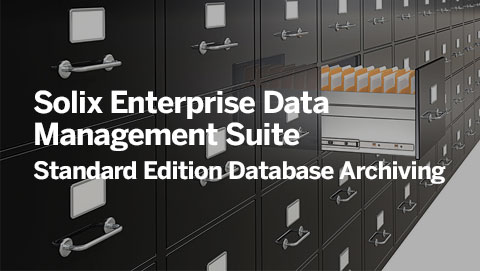Operational Data Store
What is an Operational Data Store (ODS)
An operational data store (ODS) is a centralized repository that integrates data from various operational systems within an organization. It provides a single source of up-to-date information for operational reporting, real-time analytics, and tactical decision-making.
Here’s a breakdown of the key characteristics of an ODS:
- Centralized Data
An ODS consolidates data from disparate sources like customer relationship management (CRM), enterprise resource planning (ERP), and point-of-sale (POS) systems into a unified format. This eliminates the need to access individual systems for data retrieval.
- Real-time Updates
Unlike data warehouses that focus on historical data, an ODS prioritizes current information. Data in an ODS is refreshed frequently, enabling users to answer questions based on the latest business activities.
- Operational Focus
An ODS primarily supports operational reporting and monitors ongoing business processes. Managers can leverage this data to identify trends, optimize operations, and address immediate challenges.
- Subject-Oriented
Data within an ODS is organized around specific business subjects, such as customers, products, or orders. This subject-oriented structure facilitates easier analysis and reporting.
Benefits of an ODS
- Improved Data Quality
An ODS cleanses and transforms data from various sources, ensuring consistency and accuracy for downstream applications.
- Faster Reporting
Consolidated data in a single location allows for quicker generation of reports and real-time insights.
- Enhanced Decision-Making
Business users have access to a unified view of operational data, enabling data-driven decisions for improved efficiency and performance.
- Streamlined Analytics
An ODS acts as a staging area for data feeding into data warehouses, facilitating historical analysis and strategic planning.
- Ensuring data accuracy and consistency from various sources
- Defining the appropriate level of data detail to be stored
- Balancing real-time updates with data processing needs
ODS vs. Data Warehouse
While both ODS and data warehouses deal with data, they serve distinct purposes:
| Feature | Operational Data Store (ODS) | Data Warehouse |
|---|---|---|
| Focus | Operational reporting, real-time analytics | Historical analysis, strategic planning |
| Data Timeliness | Current, frequently updated | Historical, may include aggregated data |
| Data Structure | Subject-oriented, may be less normalized | Highly normalized for efficient querying |
| Data Access | Optimized for real-time queries by a wider range of users | Optimized for complex queries by data analysts |
In essence, an ODS provides a dynamic view of an organization’s current state, while a data warehouse offers a historical perspective for strategic decision-making. In many cases, these systems work together. An ODS can serve as a staging area for data that is eventually loaded into a data warehouse for further analysis.
FAQs
Is an ODS the same as a data warehouse?
No, although both store data, they have different purposes. An ODS focuses on real-time operational data for immediate decision-making, while a data warehouse stores historical data for long-term analysis and strategic planning.
What are some of the challenges of implementing an ODS?
Do I need both an ODS and a data warehouse?
Not necessarily. However, they can be complementary systems. An ODS can act as a staging area for data that is later loaded into a data warehouse for more in-depth analysis.





